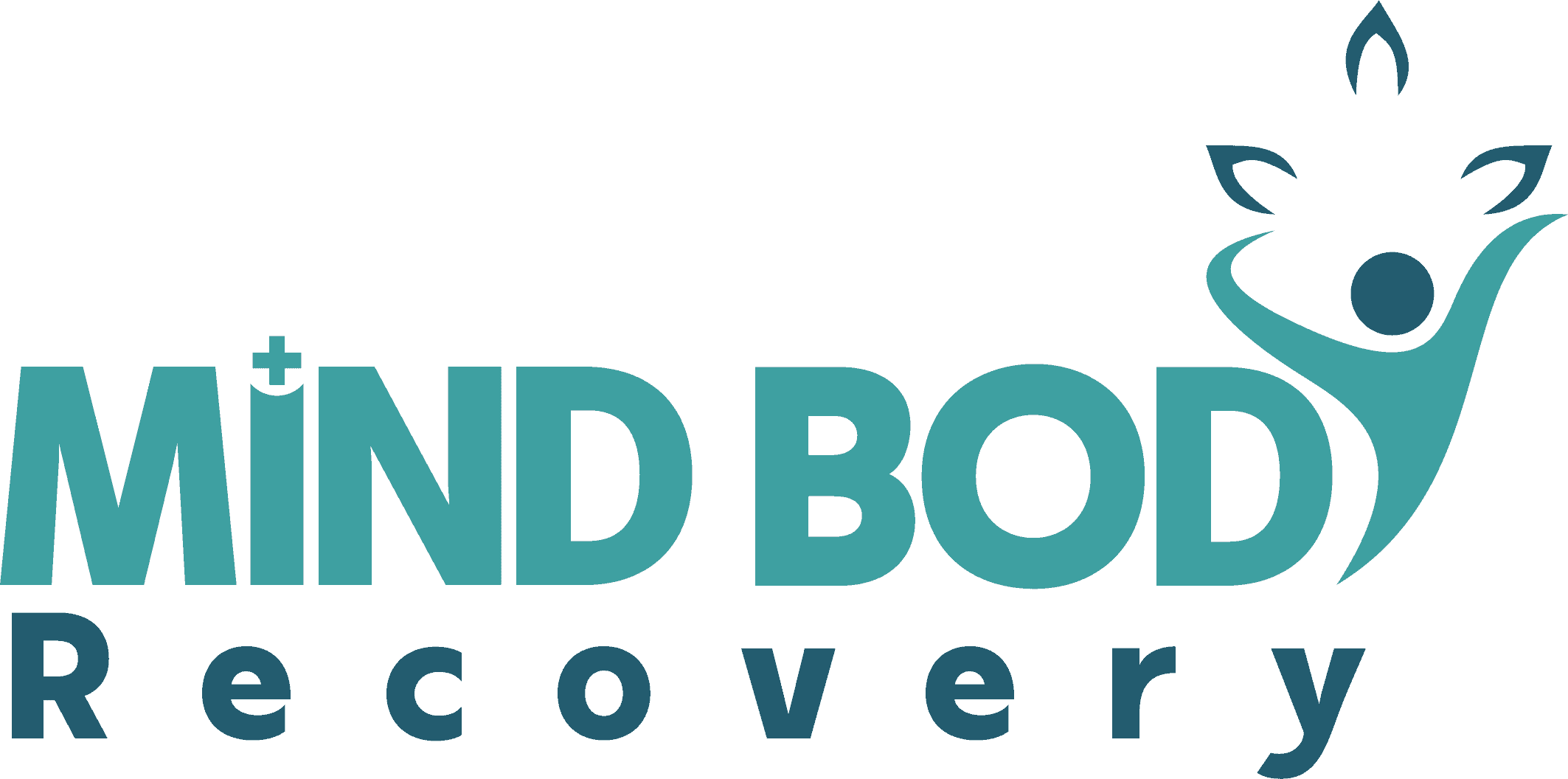In the addiction field, we refer to substance abuse as a “family disease.” While there may be only one addict in the family, the disease has a trickle-down effect, impacting not only the addict’s life, but also the lives of his or her family, friends and loved ones.
These consequences can be characteristically material (say, less money for the family’s food when it’s spent on booze or drunk driving fines) or completely intangible (the drug addict who is less emotionally available for his loved ones). Inevitably, many people in the addict’s life are stuck watching their once-vibrant and spirited loved one spiral into the depths of addiction or alcoholism with seemingly no regard for those who care about them.
Those family members and friends often sit and think, “How could they do this to me and their family? How can they do this to themselves?” As the chances of the addict’s willingness to achieve recovery seem to diminish, it’s easy to slowly but surely start to lose compassion and sympathy. The people the addict needs most understandably develop resentment and fear while their hearts callous to the situation. So how do we remain compassionate, neutral, effectual, and involved yet still have boundaries and contingencies?
1. Accept that your loved one’s addiction is not your fault.
Loved ones of addicts place significant pressure on themselves. They’re constantly trying to make sense of the person’s addiction: Why can’t she stop? Why doesn’t he let me help him? Why doesn’t she want help?
Let me be the person to tell you: Your loved one’s addiction is not your fault. There is nothing you can do or not do that will coerce your addict into recovery.
Whew! That’s a relief – initially. But, it can also make you feel helpless.
Just remember that it takes incomparable strength to watch someone you love fall further into his or her addiction. That’s why it’s imperative to follow the next step.
2. Detach with love.
How can you detach from someone with love? That sounds oxymoronic!
But if you don’t, you risk falling deeper into codependent behaviors that are common among people whose loved ones are suffering from addiction. For example, you may allow his or her addiction to become your addiction, placing all of your sanity in the hands of the volatile addict – when she is doing better, you are doing better; when he is sinking deeper into addiction, you are sinking into a depression or battling powerful anxiety.
The idea of detaching with love is that you take back the power you have given to the addict and place it in the hands of something bigger than yourself. To do this, you have to acknowledge two things:
You cannot control whether the addict gets sober.
Setting boundaries and holding your ground does not mean that you do not love and deeply care for the addict.
Detaching with love does not suggest ceasing communication or “cutting” the addict out of your life. All it means is that you accept that you are not in control of the outcome of your loved one’s addiction and you will not be his or her saving grace, financial provider, cosigner or anything that feeds into his or her addiction.
3. Set boundaries with love.
Again, setting boundaries does not mean you are a cold, unloving presence in your addict’s life. Instead, the process will prevent you from getting sucked into addiction alongside your loved one.
Depending on weather the program is harm reduction or abstinence, the boundaries may be different. The consequences you set for the infringement of these boundaries must be practical and within your capacity to perform – despite your fear of the outcome and never should harm the addict punitively.
You can add any additional boundaries – such as no stealing money or items from your home, no sleeping all day or no bringing drugs or alcohol into the home – based on your addict’s behavior that you deem unacceptable in your home. These boundaries mean nothing if they are not enforced; you will end up in the same cycle of manipulation if you set boundaries and refuse to take action. Enforcing takes supervision- be prepared to take an active role.
4. Use support groups for sanity.
There is power and safety in numbers; what you can’t do alone, you can fearlessly do together. Now not only are there 12 step groups and 12 step family groups, but there are other support groups springing up with different philosophies for recovery. Many have a sense of relief when they join it and know they are not the only ones!!

